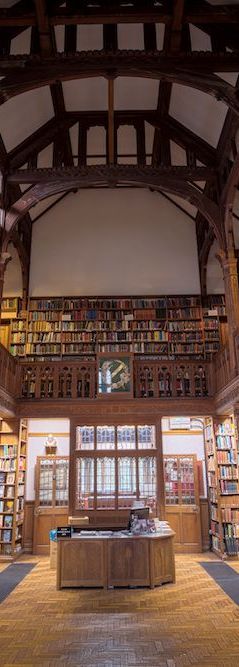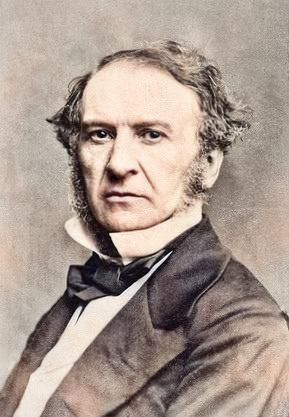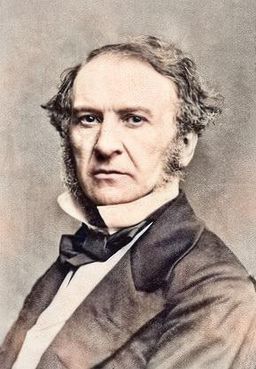
Gladstone's Library
"A country home for the purposes of study and research, for the pursuit of divine learning, a centre of religious life." W.E.G
Gladstone's Library is Britain's finest residential library and its only Prime Ministerial library. It is said to have served as inspiration for the design of American Presidential libraries. It was founded by William Gladstone and, following his death in 1898, it became the nation's tribute to his life and work. Gladstone had built up a remarkable personal library reflecting his wide range of interests. The library, which Gladstone was eventually to give to the nation, was entirely his own creation.
Its formation began when, as a young boy he started collecting books, which continued during his years of academic study. His habit of annotating books continued throughout his long political career. His diary records regular searches of bookshops and book catalogues, and the reading of books in his study at Hawarden Castle - a room he called the 'Temple of Peace'.
In his later years, Gladstone began to think about making his personal library accessible to others, and it is said that he invited local young people to use his library at his home in Hawarden Castle whilst he was away. Over time, he created the plan to move his library into the public sphere. His vision was to create a country home “for the purposes of study and research, for the pursuit of divine learning, a centre of religious life."
Gladstone, over eighty years old, was personally involved in moving 32,000 of his books from Hawarden Castle to their new home a quarter of a mile away, he did much of the manual work himself, many of the books were moved by wheelbarrow. He is quoted as saying "What man, who really loves his books delegates to any other human being, as long as there is breath in his body, the office of introducing them into their homes?"
A temporary building was the start of realising his ambition to create a residential library. Gladstone discussed his hopes with his family and with the trustees appointed to care for the collection. His passion for the project is demonstrated by his funding the library with £40,000, this was not a hobby or a whim, this was his legacy.
Following the death of William Gladstone in 1898, a public appeal was launched for funds to provide a permanent building for the collection. £9,000 was raised which resulted in the imposing building we see today.
It was designed by John Douglas and officially opened by Earl Spencer on October 14th, 1902 as the National Memorial to W. E. Gladstone. The Gladstone family also contributed to Gladstone’s vision by funding the residential wing which welcomed its first resident on June 29th, 1906 and which was dedicated by A.G. Edwards, Bishop of St. Asaph on January 3rd, 1907.
The library was known as St Deiniol’s Library up until 2010, when it was changed to Gladstone’s Library to better reflect what the establishment offers. Throughout this century, the Library has continued to acquire books specialising in subjects that were of most interest to Gladstone. There are now over 150,000 volumes of theology and history as well as works on philosophy, classics, art and literature. The Library also contains much of Gladstone's own correspondence, such as diaries and letters.
This website is committed to the works and memory of William Gladstone. It is an independent project. © Copyright. All rights reserved.

